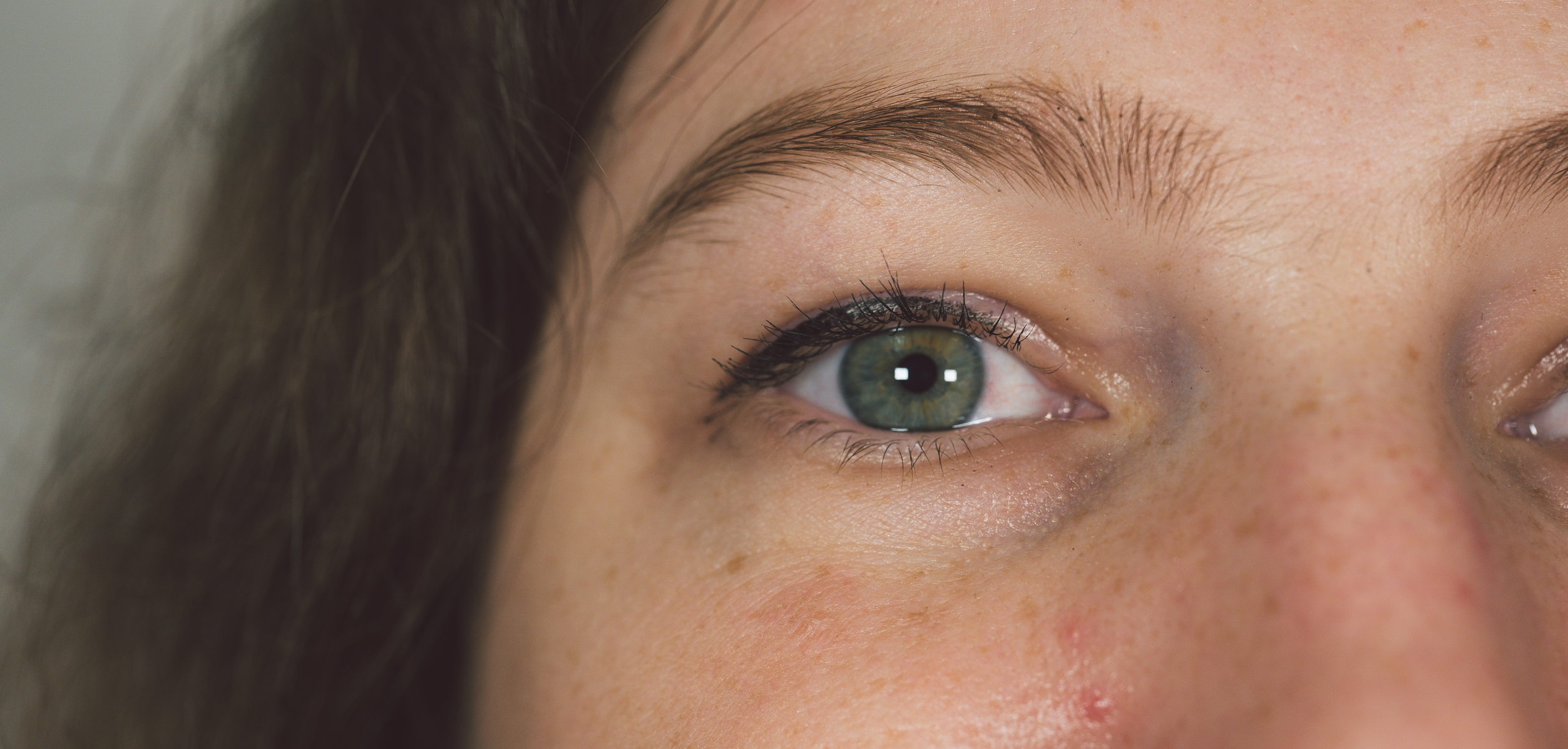Diving into the World of Milia: Your Top 5 Guide to Understanding and Overcoming these Tiny Bumps
While often mistaken for whiteheads, milia are small, white or yellowish bumps that develop on the skin, particularly around the eyes and on the cheeks. These harmless cysts form when skin cells, known as keratin, become trapped beneath the skin surface creating these tiny, dome-shaped bumps. To understand and overcome milia, it's essential to know what causes them. Lifestyle factors and certain skincare products can contribute to their occurrence. Unlike pimples, milia are not a result of blocked pores and can't be popped or squeezed out, which can lead to scarring and infection.
Identifying Milia

Milia appear as small, firm, white or yellowish bumps. They're often seen around the eyes, cheeks, or forehead, but can present elsewhere on the body. Milia can present as singular or occur in clusters. They differ from whiteheads in several ways, including their size (milia are generally smaller), color (they're typically brighter white), and texture. They're also not associated with other symptoms like inflammation, pain, or redness. Understanding these distinctions is key to identifying them correctly and adopting the appropriate treatment approach.
Types of Milia

There are four types of milia: neonatal, primary, secondary, and multiple eruptive. Neonatal milia occur in newborns and usually clear up on their own. Primary milia, common in children and adults, appear without any evident cause. Secondary milia develop after skin trauma or damage. Multiple Eruptive Milia presents as clusters of milia that form over time. Identifying the type helps in better managing and treating them, so a consultation with a dermatologist is recommended if you detect any changes or are unsure about the type of milia you have.
Prevention of Milia

While it's challenging to prevent milia entirely, several steps can reduce their manifestation. Regular but gentle exfoliation helps remove excess keratin from the skin’s surface, reducing the chances of milia formation. Using non-comedogenic products keeps pores clear, while protection from sun damage maintains healthy skin. Additionally, a healthful diet rich in vitamins A, D, and E can promote good skin health and could potentially reduce milia occurrence.
Treating Milia Safely

Despite the urge to do otherwise, it's crucial not to try squeezing or scratching milia as it can lead to skin damage or infection. For persistent or bothersome milia, professional treatments are your best bet. These may include topical retinoids, chemical peels, dermabrasion, or a procedure called 'de-roofing' where the doctor uses a sterile needle to remove the cyst. The kind of treatment used will largely depend on the location and type of milia, alongside the individual's overall skin health.
Living with Milia

Remember, milia are harmless and don't necessarily need treatment. However, if they impact your self-esteem or cause discomfort, seeking professional advice is recommended. They tend to clear up over time, especially in infants. Dealing with milia involves a lot of patience and maintenance of healthy skincare habits. It's crucial to remind yourself that appearance does not define worth. Supportive communities exist for those dealing with persistent skin conditions, reassuring that you're not alone.